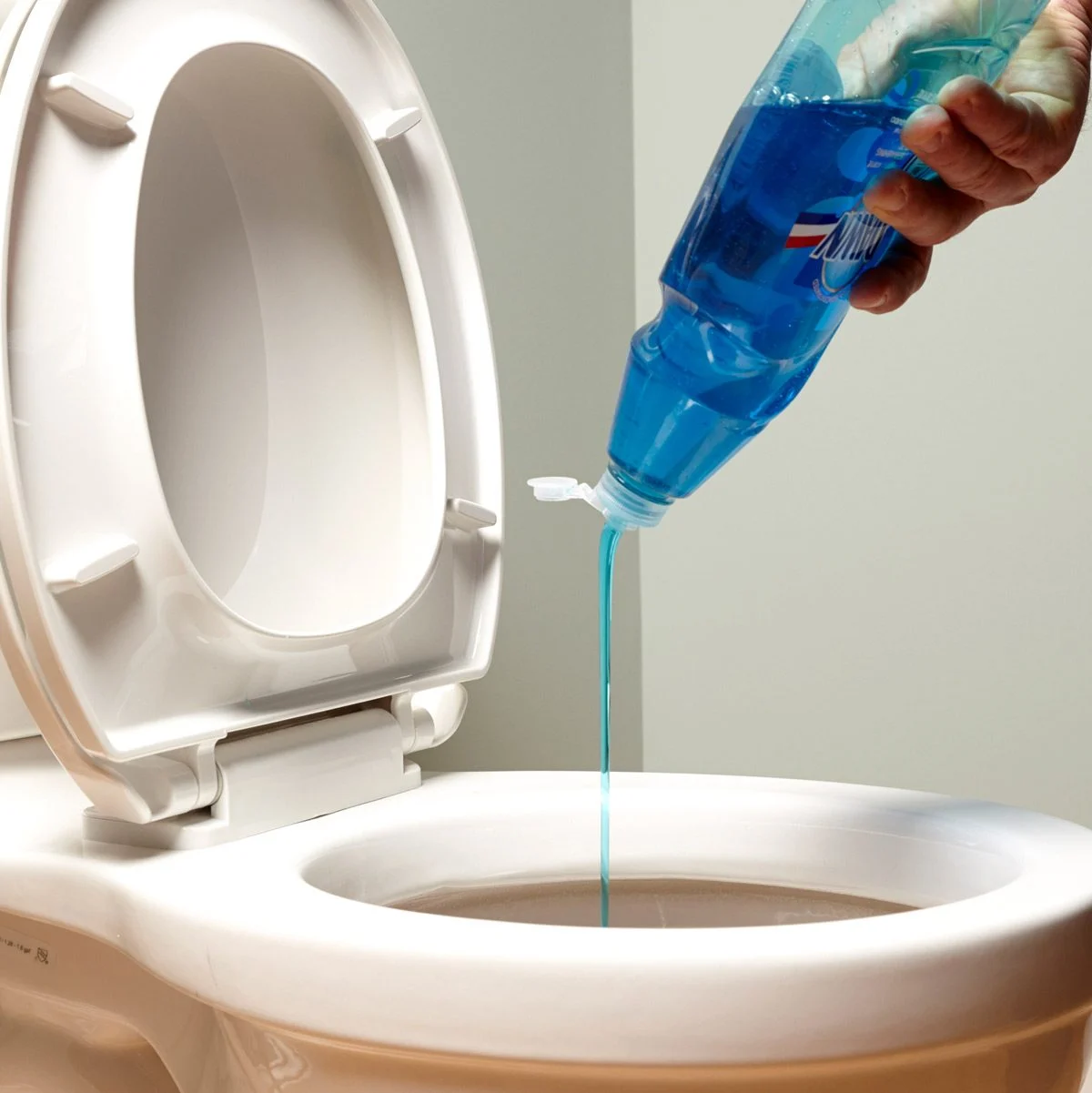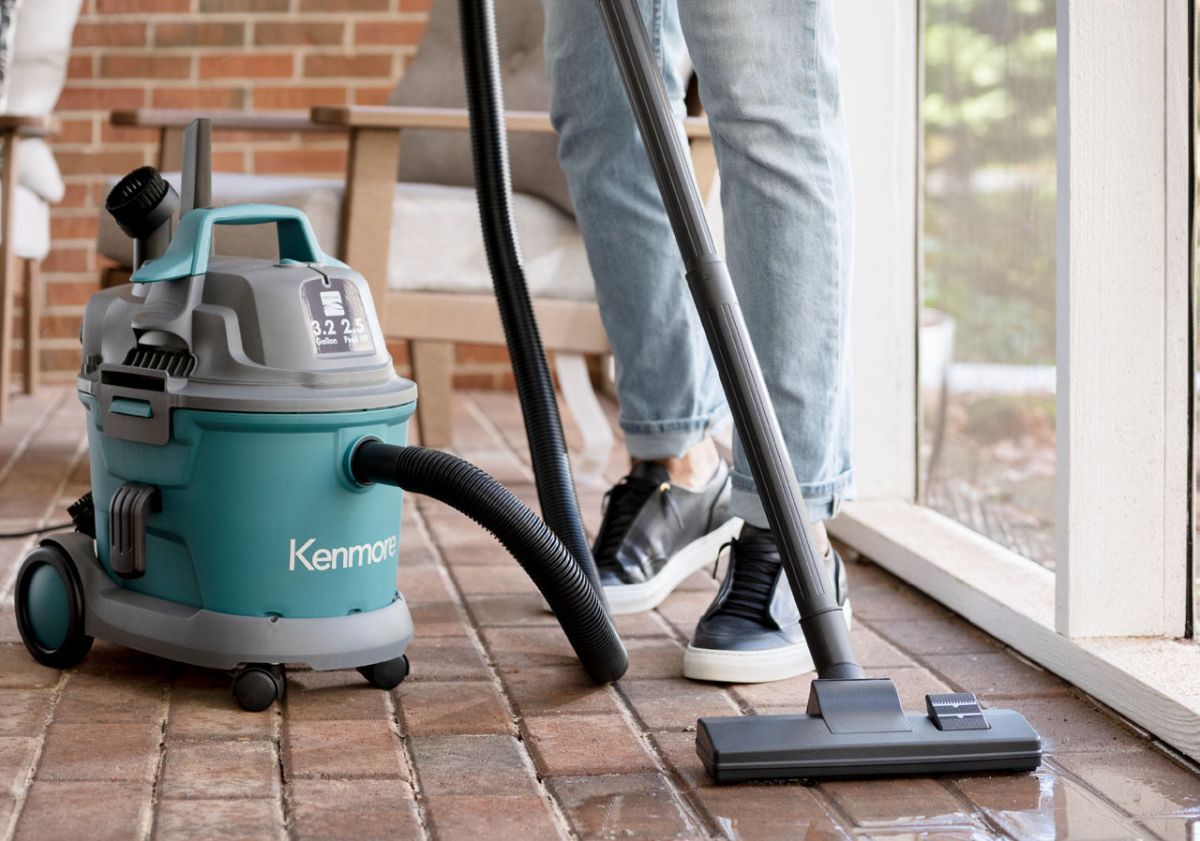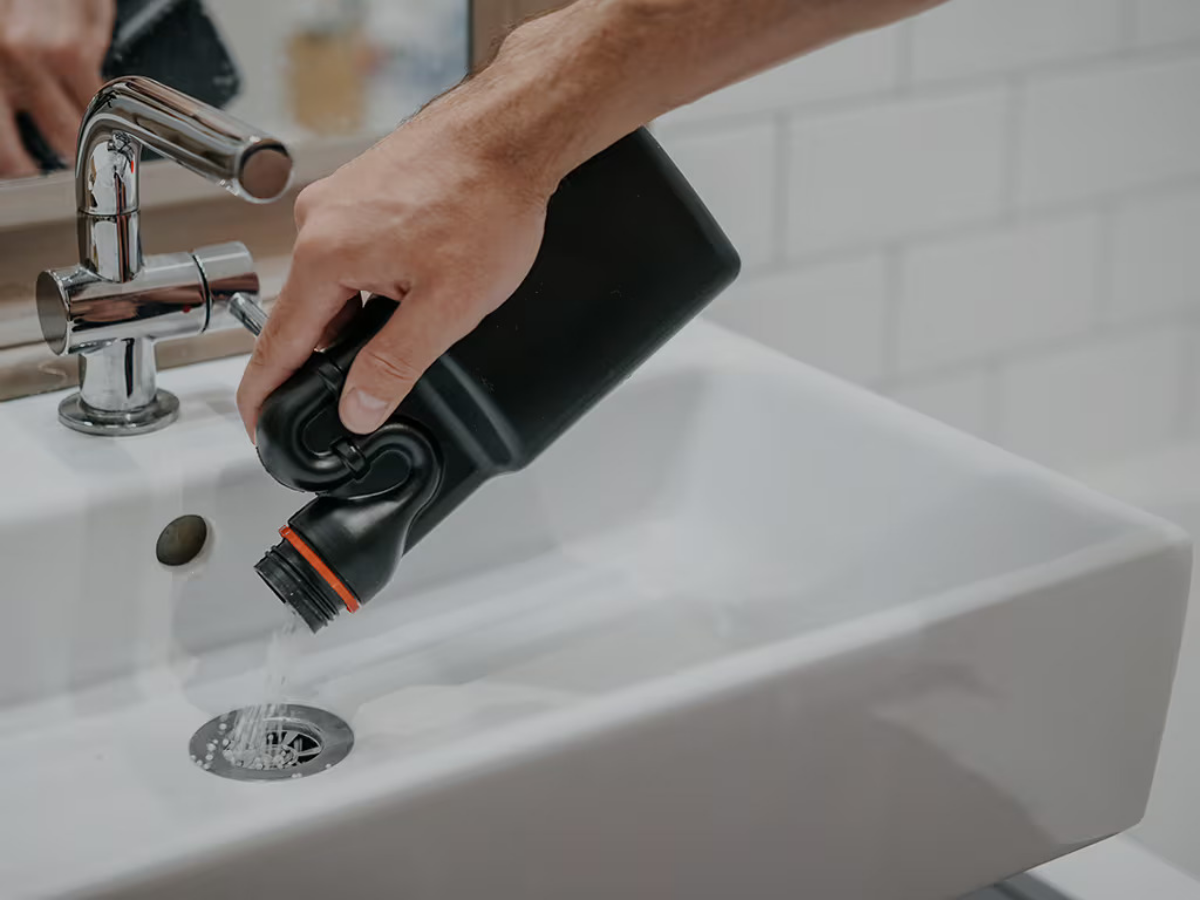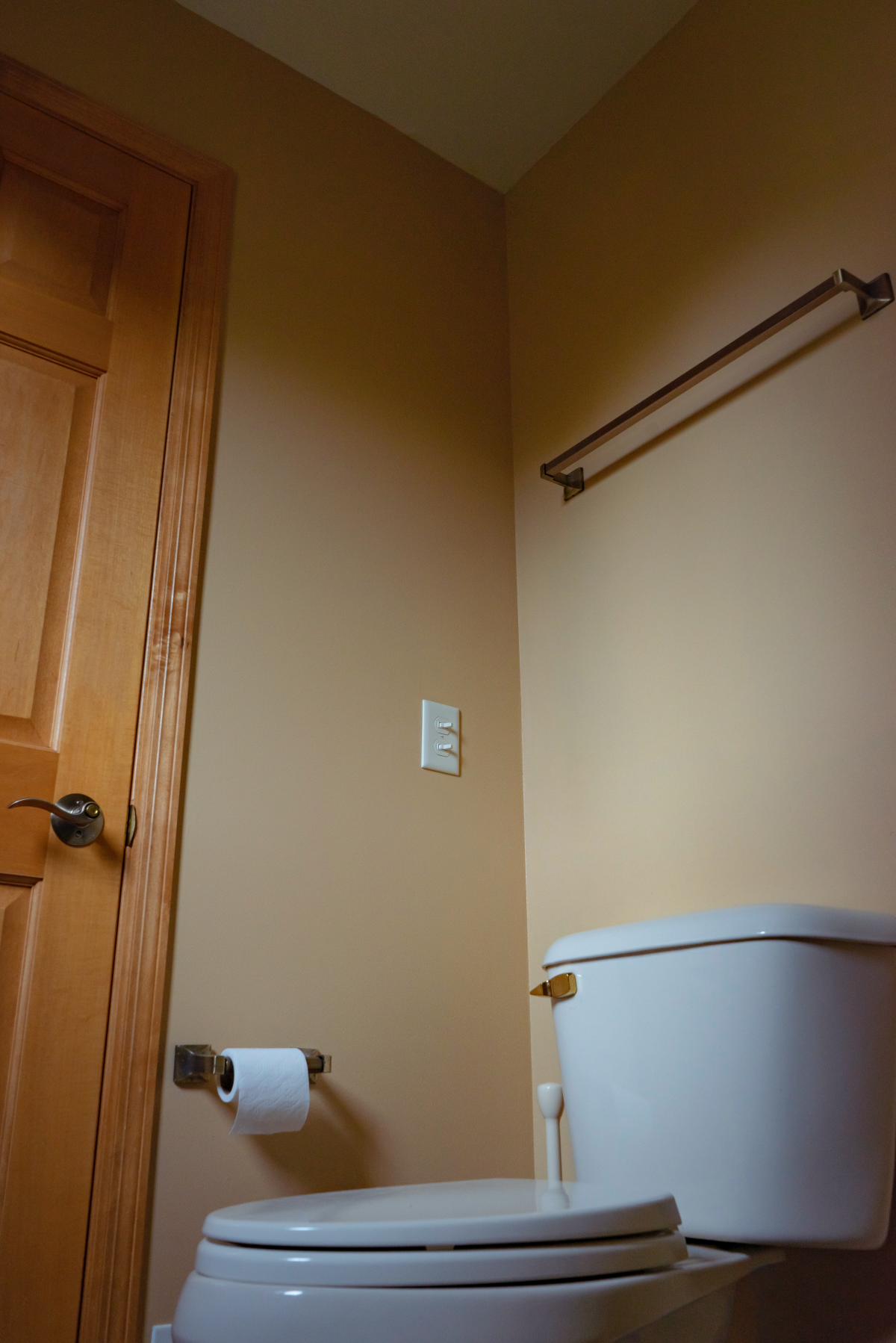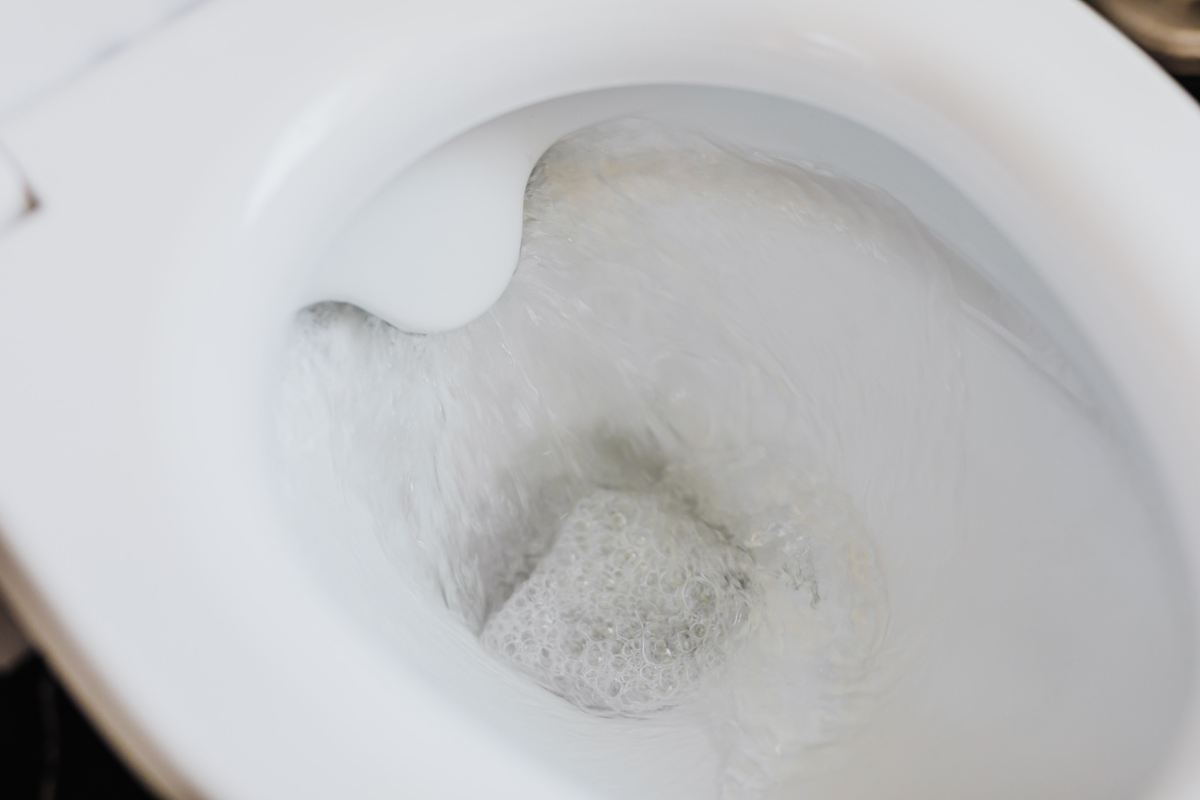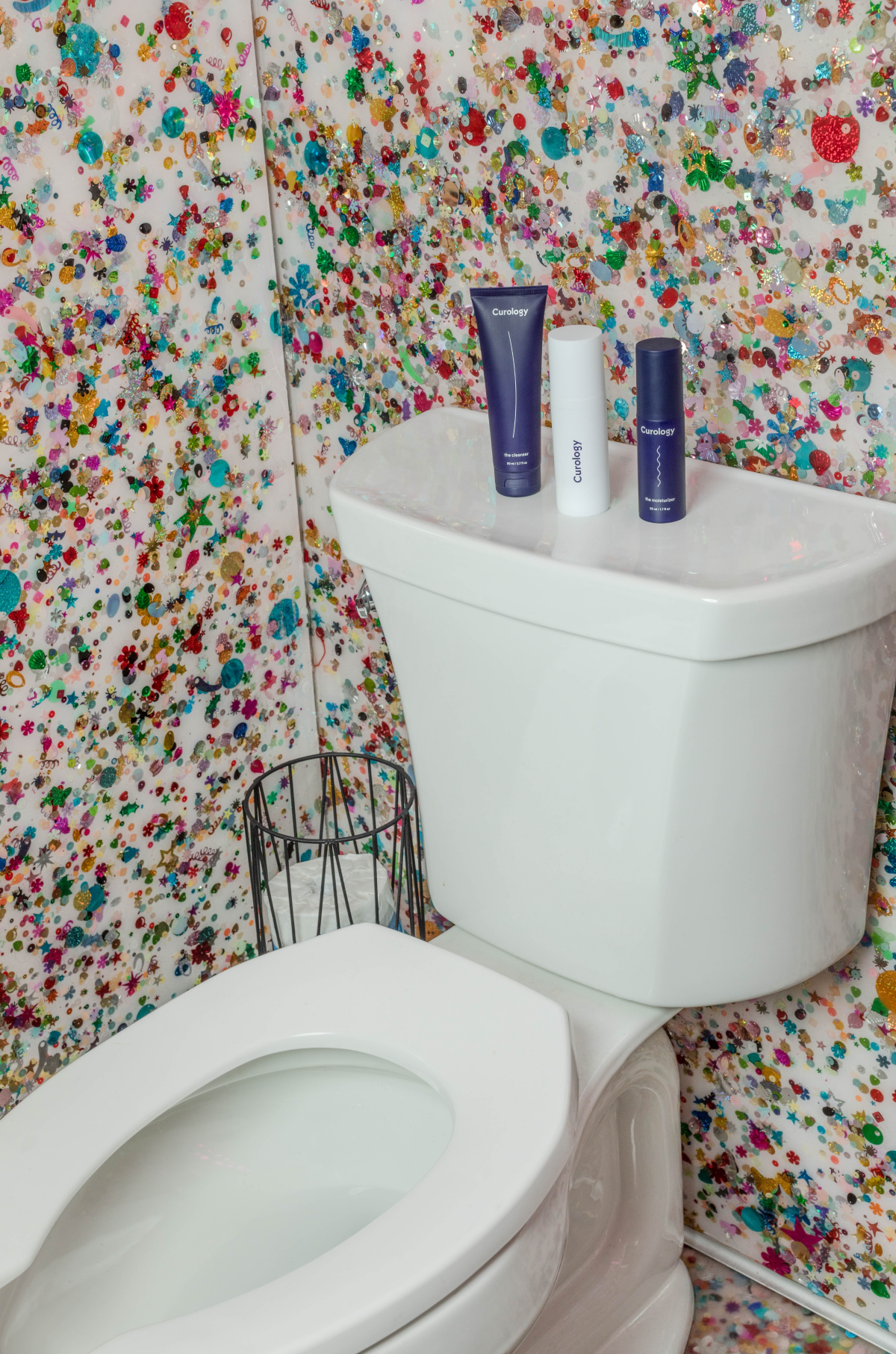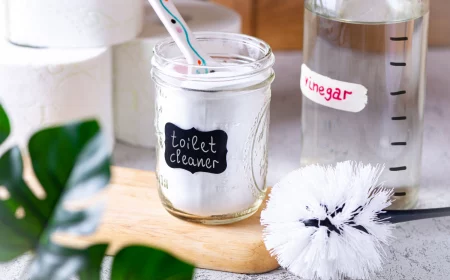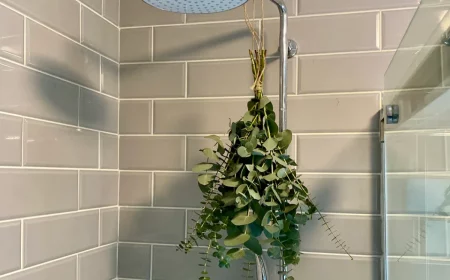No Plunger? No Problem! Here Is How To Unclog A Toilet Without A Plunger
When faced with the unsettling scene of a toilet bowl’s water level rising alarmingly, the dread of a clogged toilet sets in, marking a domestic disaster that many fear. This situation becomes particularly daunting when a plunger is not readily available. Whether it be due to a recent move, a rental lacking this essential tool, or simply never having purchased one. Understanding the nature of the problem is crucial, as toilet clogs vary from trivial inconveniences to severe emergencies. Regardless of the severity, not having a plunger handy elevates the urgency of the situation, underscoring the importance of acquiring the know-how to unclog a toilet using alternative methods. In this guide, we will show you how to unclog a toilet without a plunger in no time. With these plunger-free solutions, you can confidently address and resolve this common yet challenging household issue.
Understanding the nature of the problem is crucial
In this article
How To Unclog a Toilet Without a Plunger
Understanding the mechanics of your toilet is pivotal in effectively addressing clogs. It’s not just a ceramic bowl. It’s an intricate assembly of siphons, traps, and flush mechanisms, each playing a crucial role in its overall functionality. When it comes to unclogging, recognizing the type of clog you’re dealing with is equally important. Clogs can arise from either solid blockages, like excessive toilet paper or non-flushable items, or from congealed liquids, such as grease or oil that has solidified inside the plumbing. Each type of clog poses its own challenges and therefore requires a tailored approach to unclogging. Solid blockages often need physical removal or breaking down, while congealed liquids might respond better to dissolution methods. Gaining a basic understanding of these different scenarios and how your toilet works can significantly enhance your ability to tackle these issues efficiently and with less stress.
Clogs can arise from either solid blockages or from congealed liquids
The power of hot water
In the arsenal of unclogging tools, hot water stands out for its simplicity and effectiveness. A bucket of hot water poured into the toilet can often soften and even break up many types of clogs, offering a quick and easy solution. This method works well for dissolving or loosening materials that are sensitive to heat and moisture. However, caution is key – using water that’s too hot might damage the toilet bowl. Extremely hot water can cause ceramic to crack, leading to costly repairs. Therefore, it’s recommended to use lukewarm or moderately hot water. This temperature is sufficient to tackle the clog without risking damage to your toilet’s structure. It’s a gentle yet efficient way to initiate the unclogging process, setting the stage for more specific treatments if needed.
A bucket of hot water poured into the toilet can often soften up many types of clogs
Slippery dish soap
Dish soap, a common household staple, surprisingly doubles as an effective tool for unclogging toilets. Its primary function in dishwashing – breaking down and cutting through grease – is what makes it useful in this context. When poured into a toilet, dish soap acts as a lubricant and breaks down greasy substances that may be part of the clog. To use this method, squirt a generous amount of dish soap into the toilet bowl. The soap should be given some time, usually a few minutes, to settle and penetrate the clog. This period allows the soap to work its way through the clog, lubricating and breaking down the materials. Once the soap has had enough time to act, a follow-up flush can often dislodge the softened clog.
Dish soap acts as a lubricant and breaks down greasy substances
Baking soda and vinegar volcano
The combination of baking soda and vinegar, often celebrated as a fun science experiment, can be a formidable force in clearing toilet clogs. When these two substances mix, they create a chemical reaction that produces carbon dioxide gas, resulting in fizzing and bubbling action. To apply this method, start by pouring a substantial amount of baking soda into the toilet bowl. Follow this with an equal amount of vinegar. The immediate reaction will create fizzing and bubbling – a sign that the chemical reaction is working to break down the clog. It’s advisable to cover the toilet with a lid to contain the reaction and increase its effectiveness. After allowing the mixture to sit and react for several minutes, the combined action of the chemical reaction and the physical pressure it generates can push the clog through the plumbing, clearing the obstruction.
The immediate reaction will create fizzing and bubbling
Wire hanger clog breaker
A common wire hanger, often overlooked in the household, can be transformed into a highly effective tool for unclogging toilets. Begin by unwinding the hanger to form a long, straight piece of wire with a small hook at one end. This makeshift snake can then be gently fed into the toilet drain. The flexibility of the wire allows it to navigate through the bends and curves of the toilet’s plumbing. As you carefully maneuver the hanger, the goal is to either hook onto the clog or break it into smaller, more manageable pieces that can be flushed away. It’s essential to use gentle movements to avoid scratching or damaging the porcelain of the toilet. This method is particularly effective for clogs caused by objects or build-up that are close to the drain opening.
This makeshift snake can then be gently fed into the toilet drain
Enzyme-based cleaners
Enzyme-based cleaners offer an eco-friendly and effective solution for tackling toilet clogs, especially those caused by organic matter. These cleaners contain specific types of enzymes that break down organic substances such as grease, hair, and food particles. When poured into a clogged toilet, the enzymes begin to digest the organic material, gradually dissolving the clog. This method is particularly advantageous because it is non-corrosive, making it safe for the pipes and the environment. To use enzyme cleaners effectively, pour the recommended amount into the toilet bowl and allow it to sit for the specified period, usually several hours or overnight. This gives the enzymes ample time to work their way through the clog and break it down. While this method may require more time than others, its gentle approach and environmental benefits make it a preferred choice for many homeowners.
Enzyme-based cleaners are a good method when it comes to how to unclog a toilet without a plunger
Wet/Dry Vacuum
The use of a wet/dry vacuum in unclogging toilets is a testament to the versatility of this tool. Unlike a plunger, which uses pressure to dislodge clogs, a wet/dry vacuum can actually suck the clog out of the pipes. To use this method, set the vacuum to the wet setting, ensuring it is capable of handling liquids. Create a tight seal over the toilet drain using the vacuum hose. The seal is crucial for creating a vacuum effect powerful enough to draw out the clog. Once the seal is secured, turn on the vacuum and let it work to suck up the blockage. While this method is effective, it’s important to be prepared for potential messes, as the process can sometimes be messy. Using a wet/dry vacuum can be a quick and efficient way to resolve toilet clogs, especially those that are too stubborn for plungers or chemical cleaners.
The use of a wet/dry vacuum in unclogging toilets is a testament to the versatility of this tool
DIY plastic bottle plunger
In the absence of a conventional plunger, a large plastic bottle can be an ingenious substitute to tackle toilet clogs. To create this DIY pressure plunger, start by cutting the bottom off a large plastic bottle, preferably a 2-liter one for optimal size and pressure. The top part of the bottle, with the cap removed, acts as a funnel to direct the pressure directly into the drain. After inserting the bottleneck into the toilet drain, use both hands to firmly squeeze the bottle. This action compresses the air inside, creating a pressure surge aimed at dislodging the clog. Repeated squeezing may be necessary, as the pressure build-up with each compression can help to break up or move the clog through the pipes. This method is particularly useful for clogs that are not too far down the drain and can be pushed through with increased water pressure.
Repeated squeezing may be necessary
Chemical drain cleaners
Chemical drain cleaners, while effective, should be considered a last resort in the hierarchy of clog-solving methods due to their potentially harmful nature. These cleaners work by causing a chemical reaction that breaks down the materials causing the clog. However, this reaction can also be harsh on plumbing fixtures and pipes. If you decide to use chemical cleaners, it’s crucial to take safety precautions. Wear gloves and goggles to protect your skin and eyes from splashes or fumes. Ensure that the area is well-ventilated, as the chemicals can release noxious fumes that are harmful if inhaled. Follow the instructions carefully, including how much to use and how long to let it sit. After using a chemical cleaner, flush the toilet several times to ensure all the chemical residue is washed away. Remember, these cleaners can be particularly harmful to septic systems and should be used sparingly and responsibly.
These cleaners work by causing a chemical reaction that breaks down the materials causing the clog
FAQs
When should you call a plumber for a clog?
At times, a toilet clog may be an indicator of a deeper, more complex plumbing issue that DIY methods cannot resolve. It’s crucial to recognize when a situation is beyond your expertise and requires professional intervention. If you’ve tried multiple methods and the clog persists, or if you notice recurring clogs, unusual noises, or water backing up in other areas, these could be signs of a more serious plumbing problem. In such cases, it’s time to call in a licensed plumber. Look for professionals with good reviews and proper credentials to ensure that you receive quality service. Don’t hesitate to ask for quotes from different plumbers and compare their services. A professional can diagnose and solve problems that might be out of reach for the average homeowner, providing a long-term solution and peace of mind.
Calling a plumber is a good idea when it comes to how to unclog a toilet without a plunger
How long does a toilet take to unclog itself?
A toilet might unclog itself, but the time it takes can vary greatly depending on the nature of the clog. Minor clogs caused by organic materials like toilet paper or human waste sometimes dissolve on their own, typically within a few hours to a day. This natural resolution occurs as the materials break down in water. However, more substantial clogs, especially those involving non-dissolvable items like wipes or sanitary products, are unlikely to resolve without intervention. It’s important to assess the clog’s severity and act accordingly. If the toilet isn’t unclogging itself within 24 hours or if there are signs of a more serious blockage, it’s advisable to try manual unclogging methods or seek professional help.
Minor clogs caused by organic materials sometimes dissolve on their own
Is it OK to leave a toilet clogged overnight?
Leaving a toilet clogged overnight can be a temporary measure, especially if the clog is minor and you suspect it might clear up with time. As we mentioned, for simple clogs caused by organic waste or toilet paper, allowing them to sit overnight can sometimes help. This is because the material may break down and pass through the plumbing. However, this approach carries risks. If the clog is severe or caused by inorganic materials, leaving it can lead to worsened plumbing issues, unpleasant odors, or even an overflow if the toilet is flushed. If you’re uncertain about the clog’s severity, or if it’s caused by objects that don’t break down, it’s best to address the issue promptly rather than leaving it overnight.
Leaving a clog, that is severe or caused by inorganic materials, can lead to worsened plumbing issues
Should I flush my toilet after I unclog it?
After successfully unclogging a toilet, it’s advisable to do a cautious test flush to ensure that the clog is completely cleared. This test flush serves two purposes. It verifies that water can flow freely through the pipes, and it helps to flush out any residual debris from the unclogging process. However, it’s important to proceed with caution. Before flushing, ensure the water level in the bowl has returned to normal and there are no signs of overflow. If the toilet appears to be draining slowly or not at all, avoid flushing and consider additional unclogging efforts or professional assistance. A test flush, done cautiously, is a good way to confirm that your efforts have been successful and the plumbing is functioning properly again.
It’s important to proceed with caution
Now you know how to unclog a toilet without a plunger like a pro. Simple household items like dish soap, hot water, a wire hanger, or baking soda and vinegar can be effective alternatives. The key is to use these items cautiously to avoid further clogging or damaging the plumbing. Additionally, preventive measures such as regular cleaning and avoiding the flushing of inappropriate items can help avoid future clogs. This not only saves the hassle of dealing with a clogged toilet but also helps maintain a healthy plumbing system.
Now you know how to unclog a toilet without a plunger



